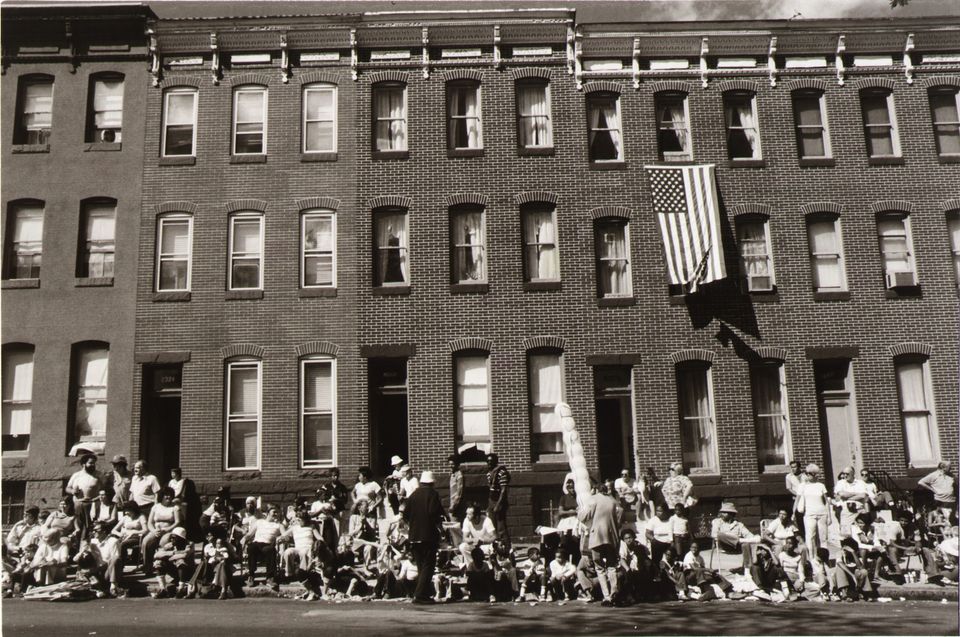
- Description
From 1976-1981, the National Endowment for the Arts (NEA) sponsored a program of photographic surveys in 55 communities in 30 states across the United States. These surveys created a new visual record of a changing nation.
This resource uses those images (or any photographic survey) as source documents to spark sustained inquiry. Begin with an Analysis activity to provide foundational visual literacy and analysis skills. Then choose to “stack” any of the Lesson Extensions, which uncover images’ complexities, their historical context, or the work of documenting a community. Each activity challenges students to access prior knowledge and apply it in a novel context.
- Educational Uses
Goals
- Strengthen students’ visual literacy and analysis skills;
- Encourage evidence-based reasoning;
- Challenge students to apply historians' habits of mind to present-day issues within their own communities;
- Invite students to “do” history by documenting present-day issues through photographs and oral histories.













